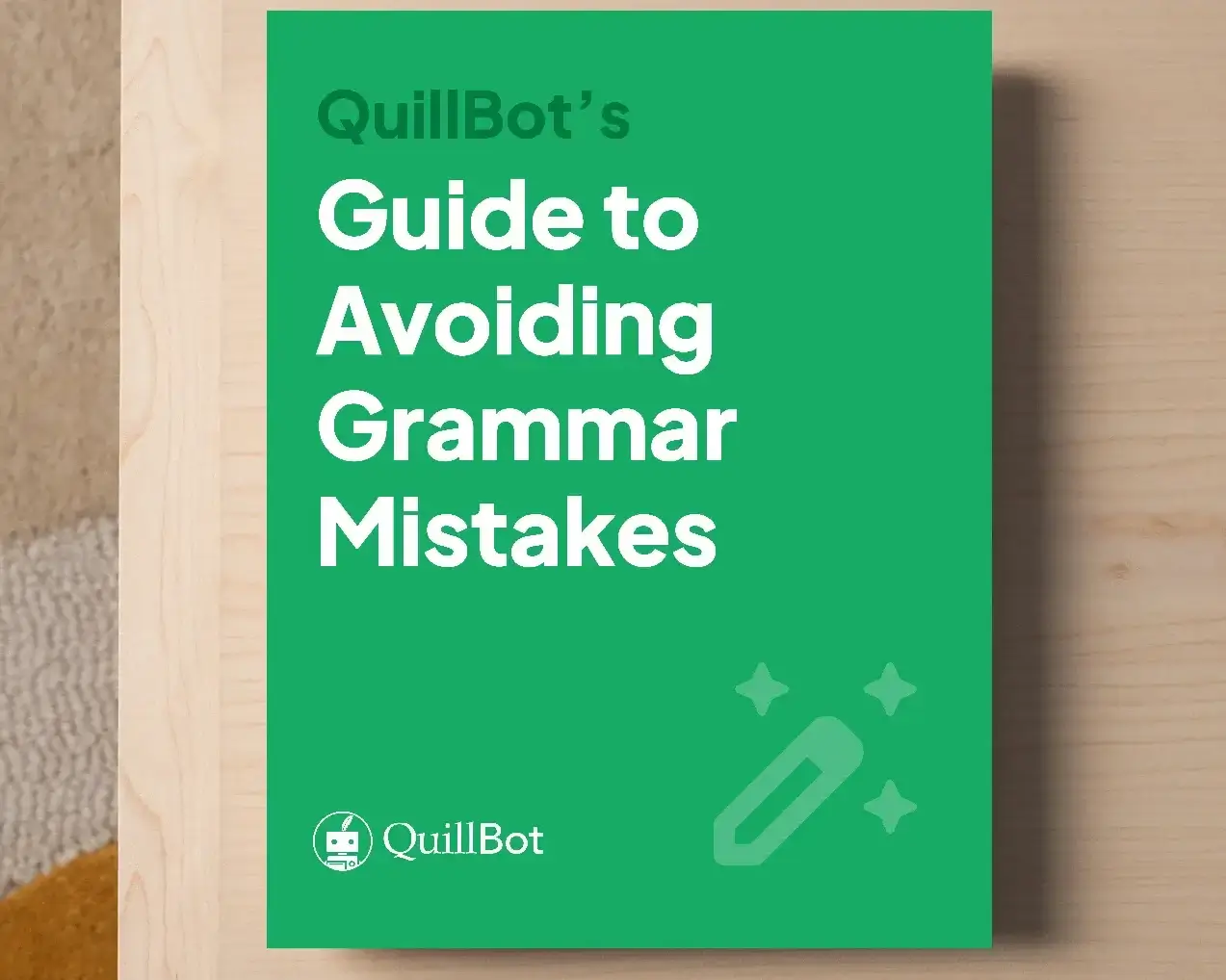PDF Meaning | What it Is and Why It Matters
Whether you’re downloading a report, signing a digital contract, or submitting a resume, chances are you’ve used a PDF document. But what does PDF actually mean, and why is it such a common file format?
PDF stands for Portable Document Format—a file type developed by Adobe that preserves a document’s layout, fonts, and formatting across all devices and operating systems. PDF is often preferable when you’re sharing confidential information or when you don’t want anyone to make changes.
A psychology professor asks the students to read a case study from an academic journal. The article from the journal website is a PDF so that the content and layout look the same for everyone who reads it.
What is a PDF?
A PDF is a file format that Adobe developed in the 1990s to make it easier to share documents across different devices and operating systems while keeping their formatting intact. That means whether someone opens your PDF on a Mac, PC, tablet, or phone, the file will look exactly the same (fonts, images, spacing, and all).
Unlike editable files like Word documents or Google Docs, a PDF is designed to be a read-only format by default although it can still be edited with special tools or software. This makes it ideal for forms, contracts, eBooks, manuals, resumes, and anything else you want to preserve exactly as it is.
Another defining feature of PDFs is that they don’t include the writer’s editing history. Let’s say you’ve written a business plan or project proposal that you’re sharing with investors or other decision makers. If you email a Word doc, the document history shows all of your revisions, the grammar mistakes you edited, etc., whereas a PDF doesn’t.
When to use a PDF document
Use a PDF document instead of another file format in these situations:
- The finalized document shouldn’t be changed.
- The layout includes complex graphics and images.
- Your readers are using a variety of devices, operating systems, etc.
- You don’t want your readers to see your editing history.
- You’re sending forms that need to be printed and filled out.
Other interesting articles
If you want to know more about job applications, research, or language, make sure to check out some of our other articles with explanations and examples.
Job applications
Research
Frequently asked questions about PDFs
- Why can’t I copy and paste from a PDF?
-
You can copy and paste from a PDF when the text is selectable and when the creator hasn’t set up copy/paste restrictions. You can’t copy and paste from a PDF in these situations:
- The creator set it up as a read-only format.
- The PDF has restrictions for copying and editing text.
- The PDF is a scanned image of text.
- The document is password protected.
Fortunately, when you want to make notes on a PDF, QuillBot’s free online PDF editor lets you add text boxes and make other edits.
- What is a PDF/a?
-
PDF/a stands for Portable Document Format/Archival. A PDF/a is a version of PDF that is designed for long-term archiving. This format cannot include special fonts, external links, or multimedia because they may become obsolete.
When you need to make notes on a PDF or PDF/a, try QuillBot’s free PDF editor.
- What is a linearized PDF?
-
A linearized PDF (aka a fast web view PDF) is a type of PDF document that has been optimized for the web. Unlike regular PDFs that must be fully downloaded before viewing, a linearized PDF allows a web browser or PDF viewer to start displaying the first page almost immediately, even while the rest of the file is still downloading.
Linearized PDFs are common for eBooks, journal articles, and government reports.
When you need to make notes on a linearized PDF, you can usually download it so that you can open it in a PDF editor, such as QuillBot’s free online PDF editor.
Cite this Quillbot article
We encourage the use of reliable sources in all types of writing. You can copy and paste the citation or click the "Cite this article" button to automatically add it to our free Citation Generator.
Routh, N. (2025, November 04). PDF Meaning | What it Is and Why It Matters. Quillbot. Retrieved November 30, 2025, from https://quillbot.com/blog/definitions/pdf-meaning/

